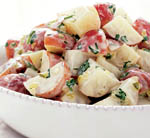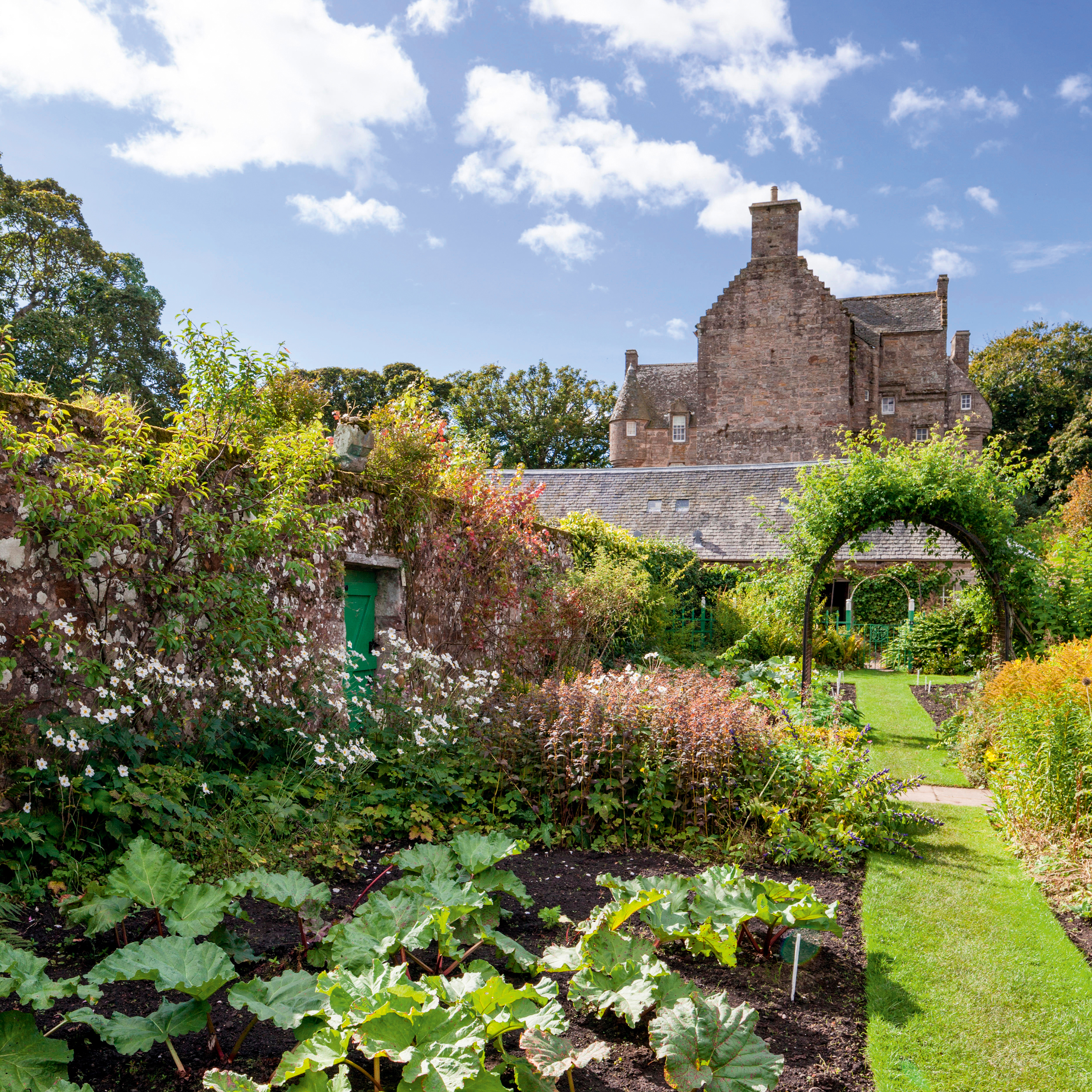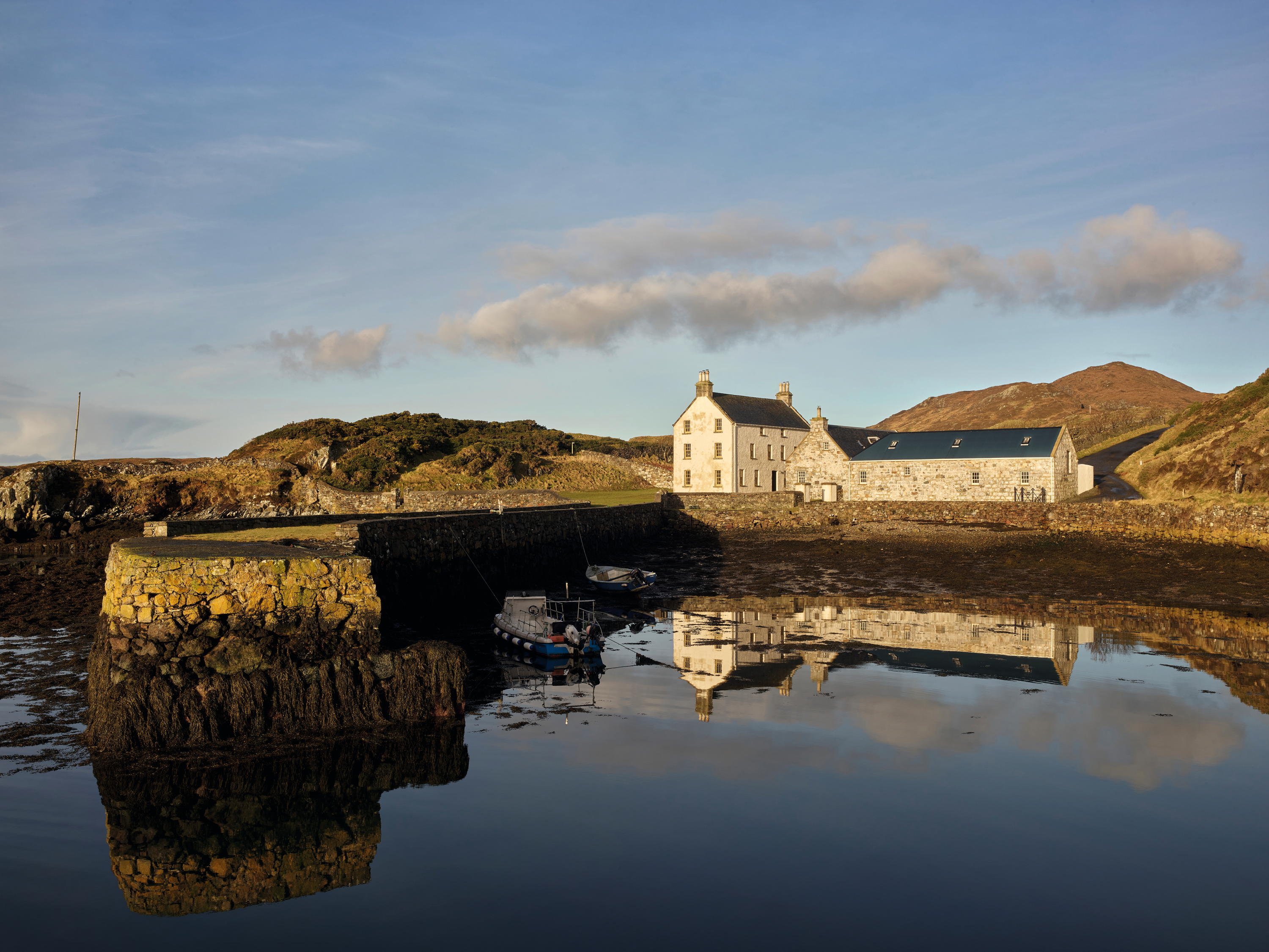William Powell Frith
Charlotte Cory investigates some new discoveries about William Powell Frith


William Powell Frith (1819?1909) was one of the most popular artists of his day, with many of his densely populated narrative canvases, rich with incident, earning the distinction of an iron rail at the RA to protect them from being mobbed by the admiring throng. He was born at Aldfield near Ripon, Yorkshire, in 1819, and his family moved to Harrogate in 1826, when his father took over the Dragon Hotel. Thomas Frith, an amateur artist and collector, encouraged his son's talents and, in 1835, sent him to London to study. There, he became a friend of Richard Dadd and Augustus Egg. He came to prominence when Life at the Seaside (Ramsgate Sands) was a hit at the RA in 1854, and was bought by Queen Victoria. Frith followed with two further great 'modern life' subjects,
The Derby Day and The Railway Station. His moralising series The Road to Ruin and The Race for Wealth were less ambitious, but still popular, prompting him to be described as 'the Victorian Hogarth'. These big canvases are icons of their age and earned him much money, but he went out of fashion in his lifetime and turned to writing, publishing a successful autobiography.
The first exhibition in more than 50 years devoted to Frith has recently moved from the Guildhall Art Gallery in London to Harrogate. It is a large exhibition of more than 90 paintings, and it is a real joy to find all his major works together. Much intriguing new material on the artist has also come to light. It has long been known that Frith led a highly organised double life, as did his contemporary commentators on the Victorian social scene, Charles Dickens and Wilkie Collins. He kept a wife, Isabelle, and 12 children in a large, fashionable Bayswater villa and a mistress, Mary Alford (said to have been a ward whom he seduced under his own roof), and her seven children in a smaller abode a mile away so that he could visit them under cover of his regular evening walk. As his Many Happy Returns of the Day painting of a child's birthday party the very epitome of idyllic Victorian family life was being shown at the RA in 1856, Mary gave birth to a daughter close by.
He kept her in the shadows, even after he married her 26 years into their relationship, 12 months after Isabelle died. He moved her and her seven children by him (whom he acknowledged only as step-children) into the marital home, causing his unmarried legitimate daughters to move out. Perhaps it is not surprising that with so many offspring and the eclipse in his reputation, descendants are only now waking up to the value of things they have had lying around. Since the exhibition opened, four previously unknown paintings have emerged, and are now on display. Most exciting of all, an anonymous descendant has come forward with two photographs of Mary, showing a round faced woman with a dimpled smile, who has already been identified as the model for Lady Montague in Frith's picture The Rejected Poet. Once again, his busy crowd scenes are being mobbed now by Frith scholars playing spot the mistress. Can Frith really have had the nerve to paint Mary with her baby standing behind his wife as she sees off her sons at Paddington station? 'He used everyone he knew in his canvases,' says Jane Sellars, the curator at Harrogate. 'So, of course, he will have painted Mary.' Frith's painting is clearly even more reflective of Victorian society than has been hitherto understood.
'William Frith Powell' is at the Mercer Art Gallery, Swan Road, Harrogate (01423 556188; www.harrogate.gov.uk) until July 15
Sign up for the Country Life Newsletter
Exquisite houses, the beauty of Nature, and how to get the most from your life, straight to your inbox.
Country Life is unlike any other magazine: the only glossy weekly on the newsstand and the only magazine that has been guest-edited by HRH The King not once, but twice. It is a celebration of modern rural life and all its diverse joys and pleasures — that was first published in Queen Victoria's Diamond Jubilee year. Our eclectic mixture of witty and informative content — from the most up-to-date property news and commentary and a coveted glimpse inside some of the UK's best houses and gardens, to gardening, the arts and interior design, written by experts in their field — still cannot be found in print or online, anywhere else.
-
 Alan Titchmarsh: 'It’s all too easy to become swamped by the ‘to-do’ list, but give yourself a little time to savour the moment'
Alan Titchmarsh: 'It’s all too easy to become swamped by the ‘to-do’ list, but give yourself a little time to savour the moment'Easter is a turning point in the calendar, says Alan Titchmarsh, a 'clarion call' to 'get out there and sow and plant'.
By Alan Titchmarsh
-
 Rodel House: The Georgian marvel in the heart of the Outer Hebrides
Rodel House: The Georgian marvel in the heart of the Outer HebridesAn improving landlord in the Outer Hebrides created a remote Georgian house that has just undergone a stylish, but unpretentious remodelling, as Mary Miers reports. Photographs by Paul Highnam for Country Life.
By Mary Miers